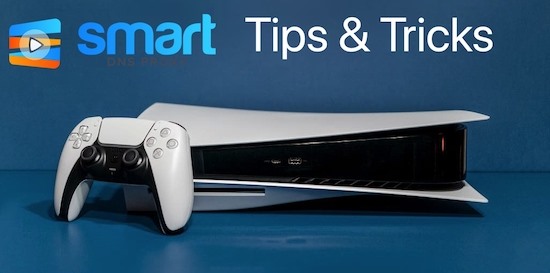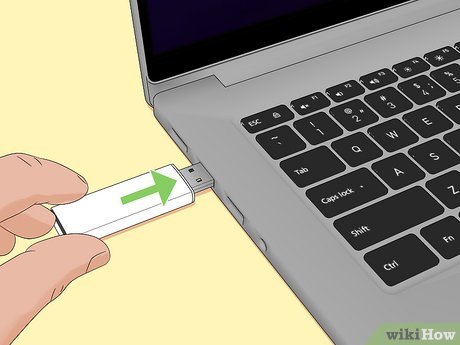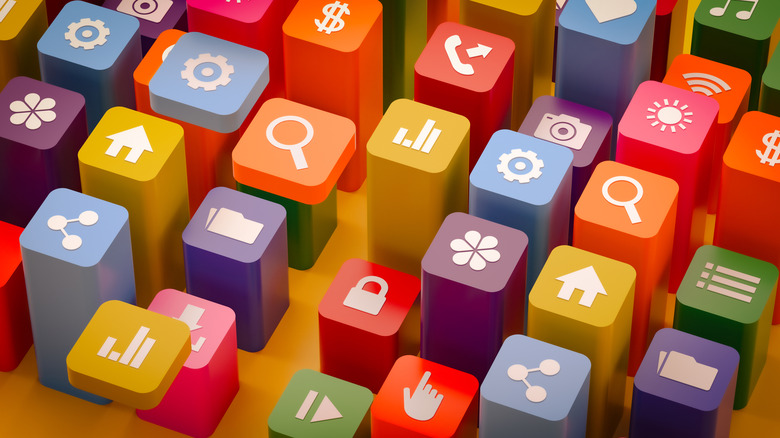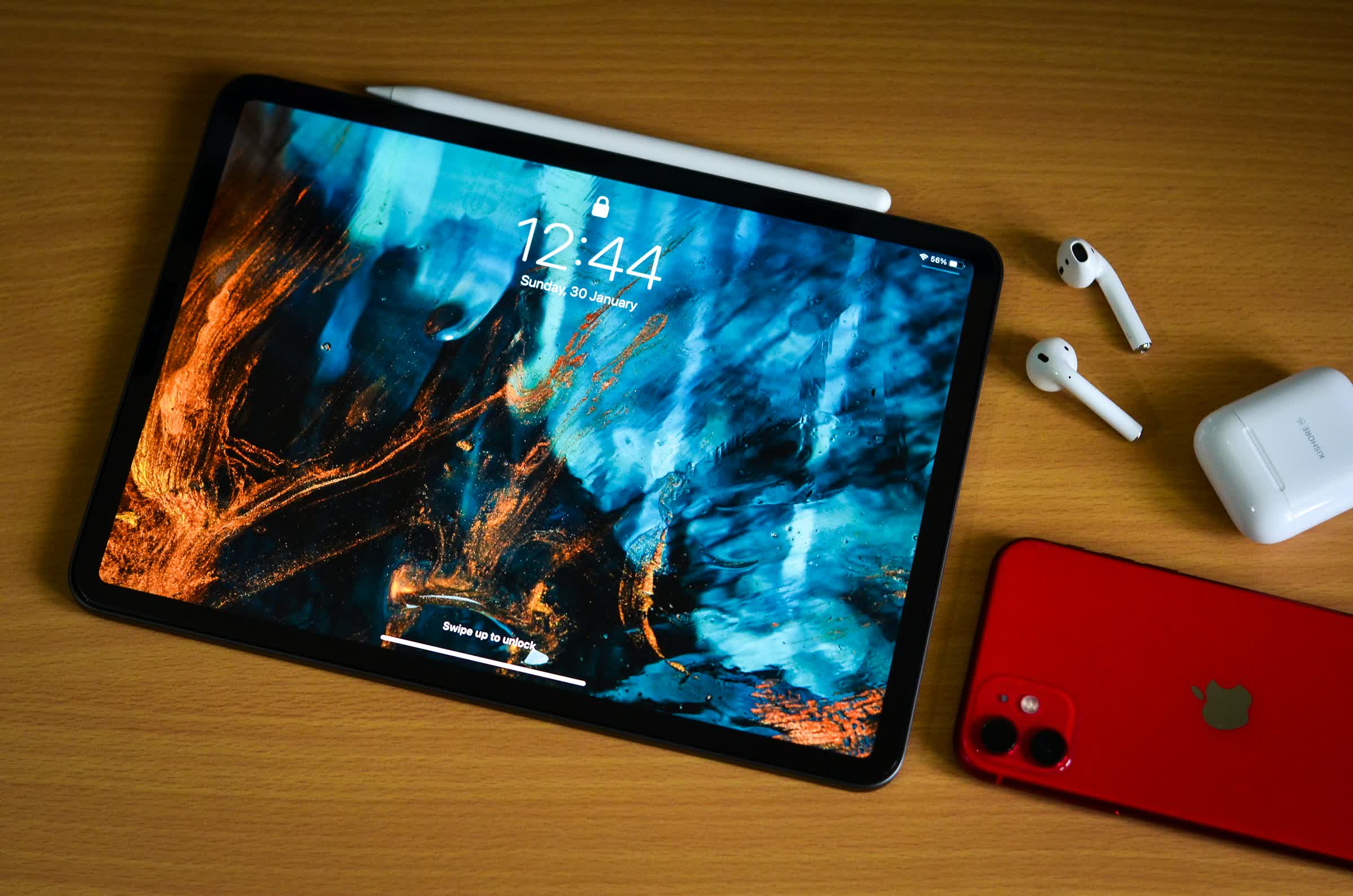Recent information shows that the resale value of iPhone Air is dropping more swiftly compared to other recent iPhone models.
### iPhone Air Resale Value Continues to Decline, While Rest of iPhone 17 Series Stabilizes
A recent study reveals that the iPhone Air has faced a notable drop in resale value during its first weeks on sale, underperforming compared to the rest of the iPhone 17 series and earlier models regarding depreciation. Although it is premature to label the iPhone Air a failure, the findings imply that it is not matching the performance of its peers.
The situation with the iPhone Air raises concerns, particularly with speculation that Apple is decreasing its production levels to “end of production” status and postponing the launch of its successor until 2027. A report from SellCell underscores that the iPhone Air experienced a remarkable 47.4% fall in resale value within the initial 10 weeks of availability, marking it as the steepest resale decline of any iPhone since 2022.
SellCell has been monitoring iPhone resale values for several years, offering a reliable framework for comparison across different releases. Their report analyzed 52 iPhone SKUs since the debut of the iPhone 14 series. While the iPhone 16 line first encountered a more substantial depreciation of 42% in its opening week, the iPhone Air wasn’t far behind with a 41% loss. However, the dynamics altered after the sixth week, where the average value loss for the iPhone Air hit 43.4%, compared to 40.3% for the iPhone 16 line and merely 36.7% for the remainder of the iPhone 17 series.
SellCell’s analysis suggests that while the depreciation of the iPhone 17 models stabilizes by the tenth week, the iPhone Air continues its downward trajectory, indicating potential long-term confidence issues regarding resale. Conversely, the iPhone 17 Pro Max 256GB has stood out as the top performer in the current series, experiencing only a 26.1% depreciation after ten weeks.
In summary, the depreciation patterns for the iPhone 17 lineage closely follow historical trends, with the exception of the iPhone Air, which continues its downward path. For additional insights, SellCell’s complete report is accessible, detailing their analysis methodology.
Read More









